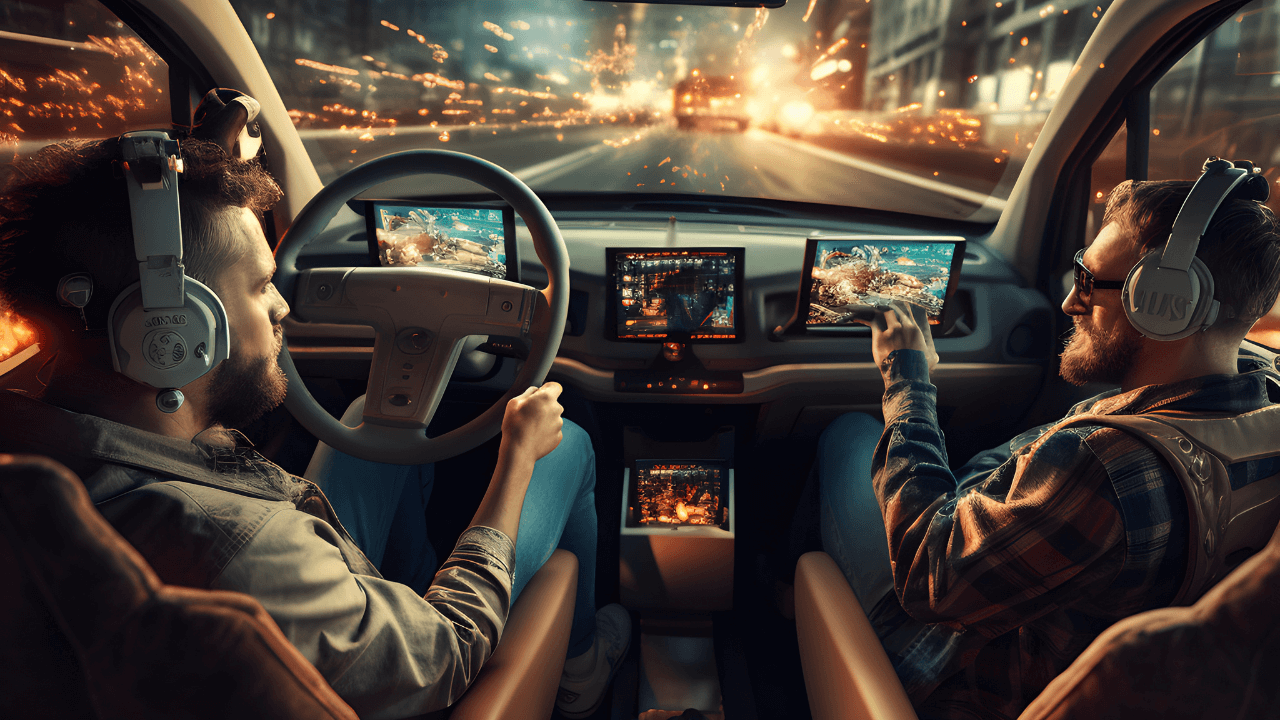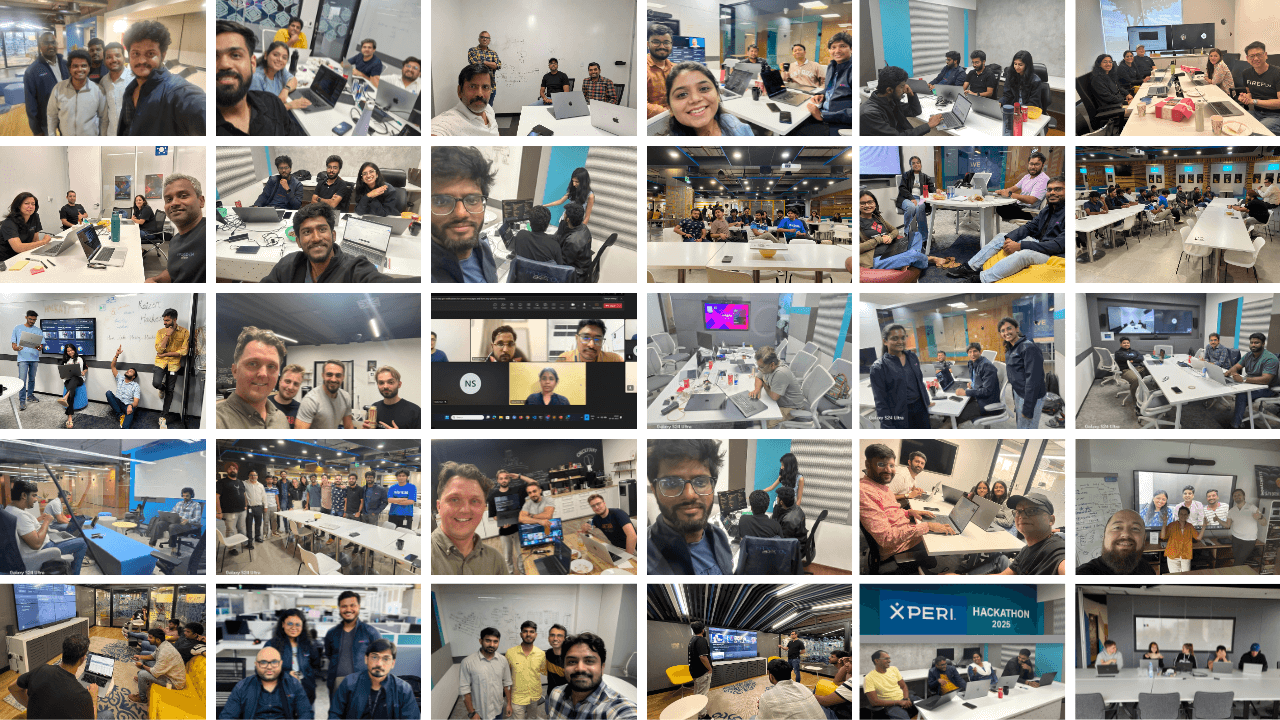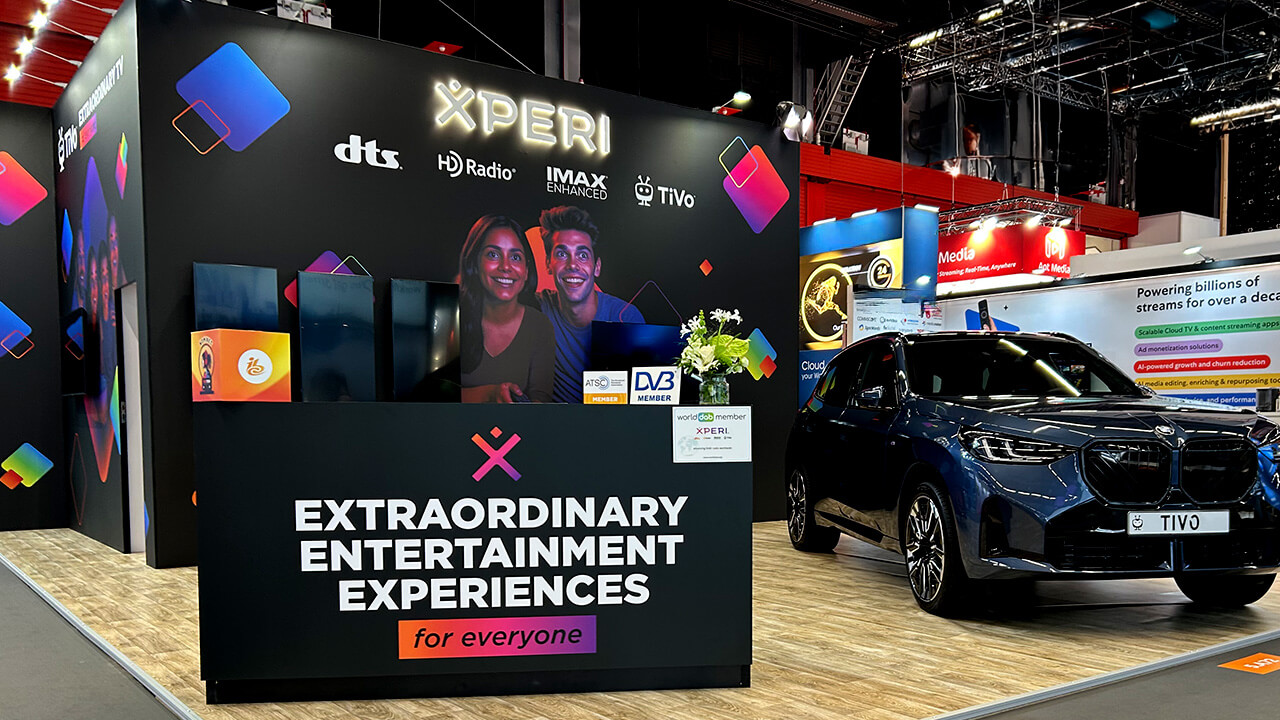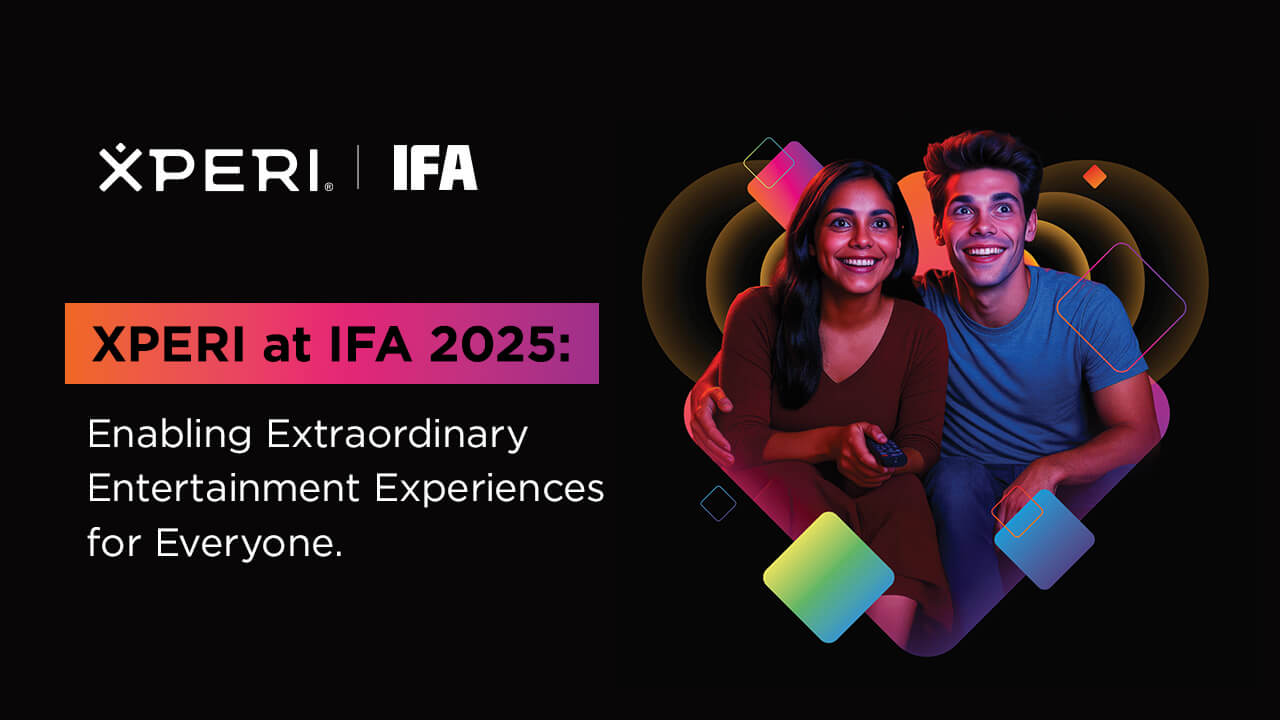As the vehicle increasingly plays a role as a third space for consumers — and as more and more EV owners spend time on their journeys charging their vehicles — it comes as no surprise that in-vehicle entertainment is important to car owners, especially those 44 and under, as confirmed by recent consumer surveys fielded by Xperi. That is great news for automakers who are focusing increasingly on the dashboard, as they look to leverage vehicle cockpit features to increase consumers’ likelihood to purchase their vehicle brand. For example, watching video in-vehicle — a capability that consumers say would influence their vehicle purchase decision — is up 25% year over year, and over 50% want screens in both the front and rear of their vehicles.
As consumers raise their hands to ask for an even greater variety of entertainment options in the vehicle, and what is offered in the dashboard crosses more formats — from video to gaming — it is important to remember that consumers want a ‘better’ entertainment experience, and those car companies that can deliver will win the battle for these customers. In fact, consumers are demanding more and more from their in-vehicle entertainment interactions, and much of what they demand is around making it simpler to use and, importantly, easier to discover. In other words, they want personalization.
Entertainment personalization already exists in other mediums consumers might stream at home or on their phones, but today they want that, and more, in their vehicles: holistic content discovery across all formats at once — video, audio and even gaming — on a platform that responds to sensed (based on in-vehicle behavior) and historical preferences of the vehicle’s passengers/driver. In fact, one in four consumers surveyed said personalized recommendations (i.e. the vehicle learns your entertainment preferences over time, and pushes content to you based on that) are an important feature in their next vehicle purchase — and that goes to 40% for ultra-luxury vehicle buyers, which is a good indication that this will grow in importance as car-buyers sift through their vehicle choices.
It is well established that innovations pioneered in high-end vehicles become tomorrow’s ubiquitous feature in all vehicle levels. This will also hold true when it comes to personalization: over 50% of car owners surveyed predict that, within the next five years, their car will be able to recognize them when they get in and make entertainment adjustments to suit their preferences.
So, a platform that is able to navigate across all media, tying it together with relevance, is critical to the successful future of in-vehicle entertainment and to its safety, as it can predict what the user wants, and play it without any hands coming off the steering wheel or eyes off the road. In fact, 41% of car owners say they dislike having to hop from source to source just to find something good to listen to in the car.
For example, if you have been listening to a story on NPR as you drive, when you stop to charge, a video of a TED Talk on that topic might be suggested, taking up eighteen minutes of the time needed to fast charge. Taken to the next level, you might be at home, watching Kate Hudson in “Almost Famous,” but have to stop watching to pick up the kids; when you get in your vehicle, Hudson’s new country album may be suggested, or an interview with her on Fresh Air. And, while you are parked waiting for the kids, it might start playing the movie where you left off. Taken to yet another, perhaps more futuristic (but only slightly), level: you are driving across Key Largo on the way to Key West, and your vehicle, perhaps with the addition of a little AI magic, creates some on-the-fly music or an environment that pulls in something native that gets you into a Key West state of mind, which can then ease into even more specific content with information about the Keys. Then, a step further, into artist content, such as playing “If You Like Piña Coladas” and, leveraging millions of pieces of metadata, surrounding it with images, lyrics and more…maybe even a trivia game on Jimmy Buffet songs. And, if you stop to charge the vehicle, or are waiting as your spouse pops into the grocery store for piña colada supplies, it offers a video of Jimmy Buffett’s cameo turn as a bartender trying to save two margaritas during a dinosaur attack in “Jurassic Park.”
These are all scenarios that are entirely within the grasp of automakers in the very near future — and it is happening rapidly. Responding to what consumers say they want from their in-vehicle entertainment is a no-brainer when it comes to finding new ways to influence vehicle purchase choice, and clearly, personalization is key. But the benefits to automakers of an in-cabin entertainment ecosystem that learns its users’ preferences go well beyond influencing the vehicle purchase. There are future opportunities for new revenue streams, all while ensuring drivers/passengers are getting, with the least amount of effort, exactly what they want, when they want, in their in-vehicle entertainment. And that is what I am going to talk about in my next blog. Stay tuned.
For more insights on connected car research, click here.



